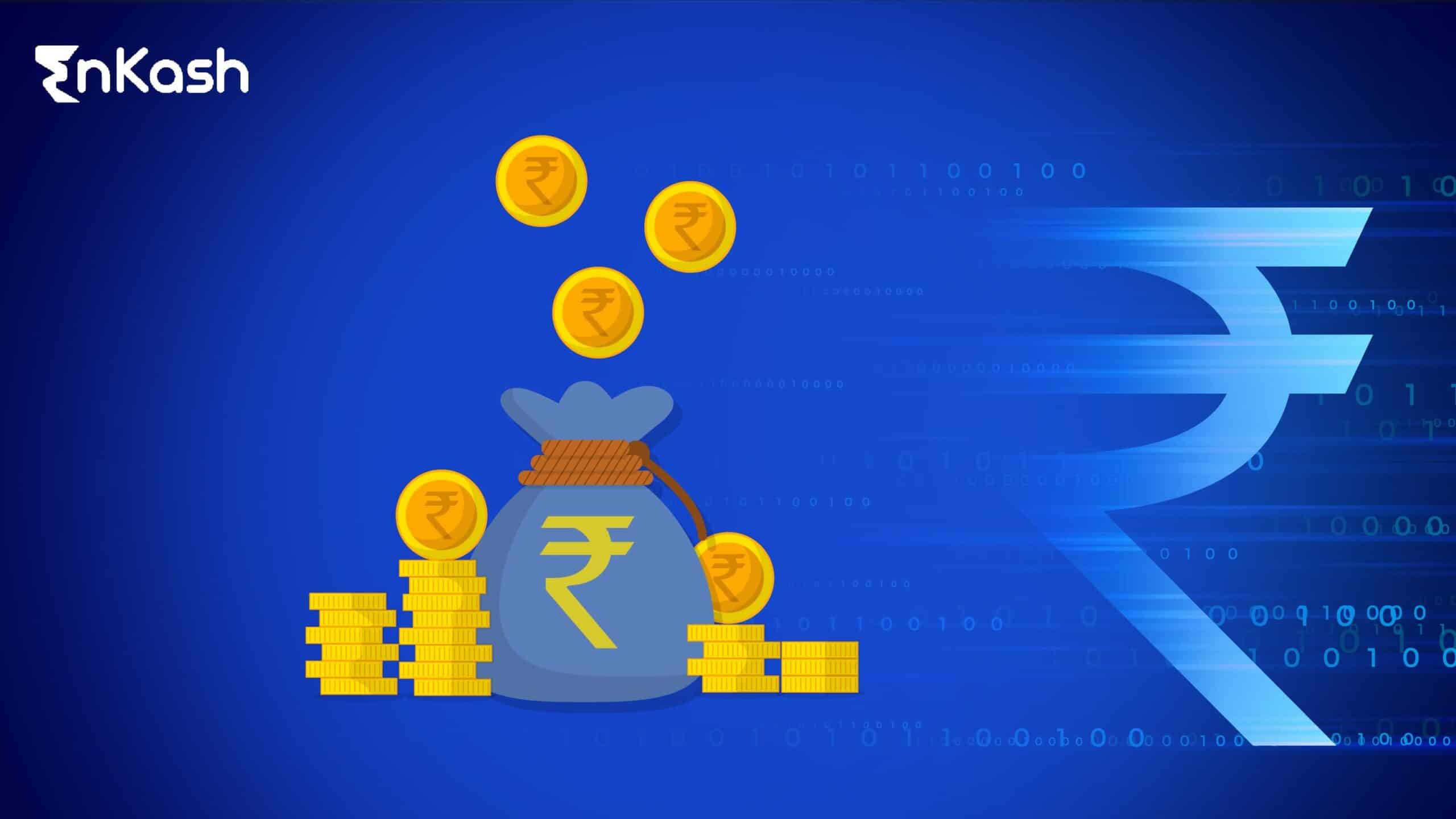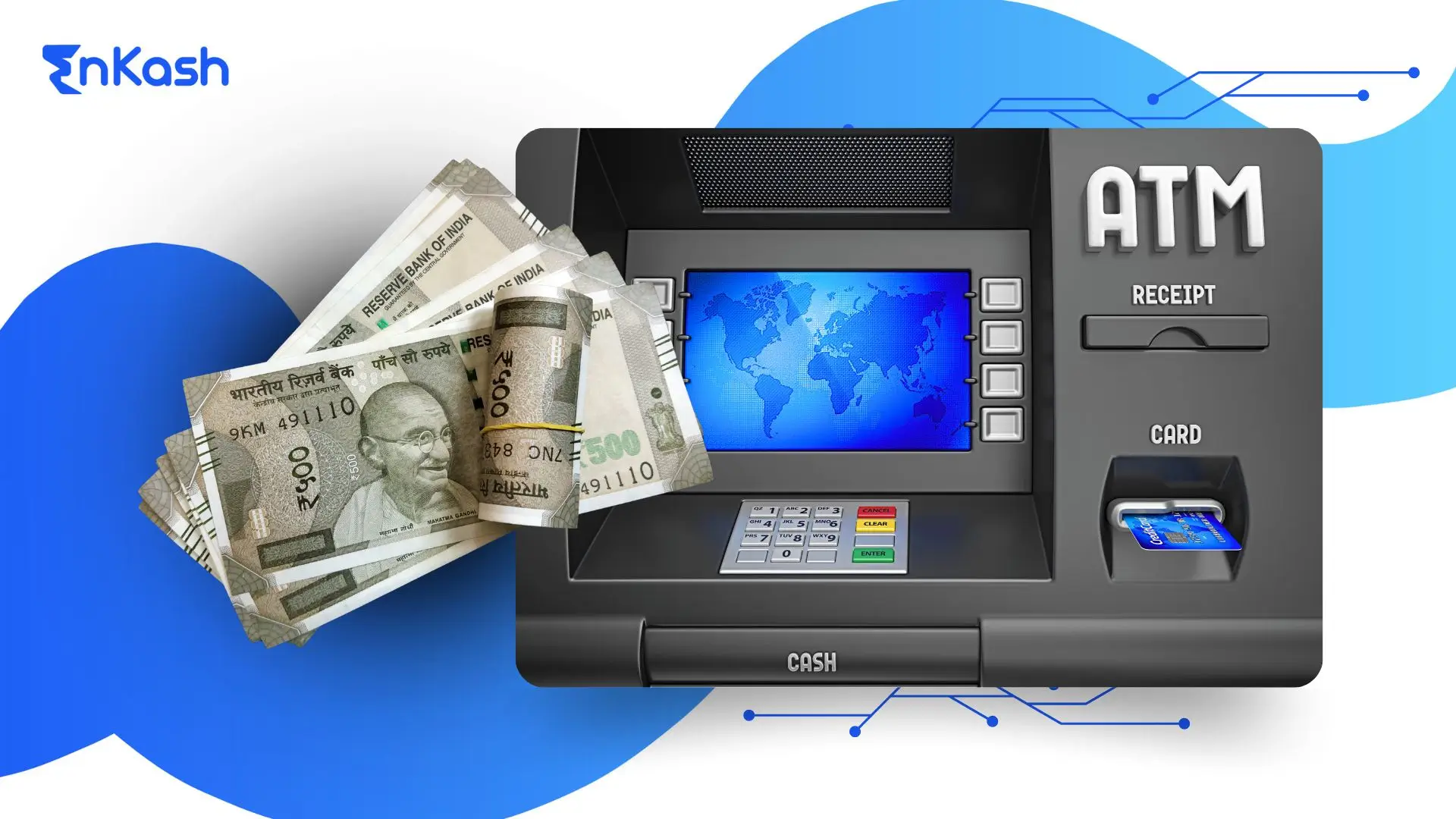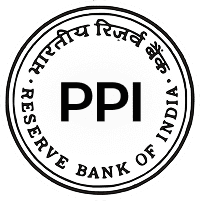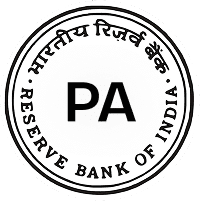The term prime cost is directly related to manufacturing products including raw materials and direct labor, which can be used to calculate total production costs and allow the business to determine actual profitability. The prime cost formula and its functions are important for fixing the main cost accounting, ensuring the effective operation of the business, allocating resources, reducing waste, and running production efficiently.
What is Prime Cost?
Prime cost is a key concept of cost accounting. It refers to direct costs incurred in the manufacturing process. The main components of prime cost are raw materials and direct labor costs. This cost allows companies to analyze the effectiveness of production and evaluate their profitability.
Through calculating direct costs, businesses can evaluate how much of their costs are directly spent on producing goods to provide better control over operational expenses.
For example, if the company manufactures furniture, the prime cost is the cost of the raw materials like wood, nails, and so on, as well as the wages of the employees. Other indirect expenses, like utility bills, rent, etc., are excluded from direct cost.
Knowing what prime cost is helps companies focus on cost-saving measures, particularly in a marketplace where cutting production costs can give them better pricing strategies and the ability to increase profit margins. This is how businesses can identify areas of proper resource utilization, secure better prices for the inputs and enhance efficiency in the labor.
Calculating prime cost is a fundamental step in cost accounting and used to determine the cost of goods sold (COGS), which in turn determines the selling price of the product. Thus, a firm can manage its prime cost-effectively and boost production efficiency and profitability.
Read More: Cost Accounting and Financial Accounting
Prime Cost Formula and Calculation
The prime cost is just the sum of all the direct costs of production. Direct material is the raw materials necessary to produce a good, such as timber for furniture, cotton for shirts, or metal for utensils. The wages paid to the workers who use raw materials to produce the goods are called direct labor.
If a business purchased raw materials at a cost of ₹50,000 and direct labor at a cost of ₹30,000, then the total direct expenses of producing those goods is ₹80,000.
Prime cost fluctuates based on production volume. The more goods the company produces, the more raw materials and work hours it needs. Hence, it is important to control prime cost. If the company spends too much on raw materials or runs an inefficient labor force, it will make less profit per sale.
Calculating prime cost is the first step in cost accounting. This allows businesses to assess whether their production process is cost-effective and allocate resources accordingly. It helps businesses reduce waste, increase labor productivity, and source materials more efficiently. For example, if a business’s prime cost is too high, it might look for cheaper suppliers or order training programs to increase labor productivity.
But prime cost in cost accounting is not a matter of looking at numbers; rather, it is a question of operational improvement and business competitiveness. If a company has a better hold of prime cost than its competitors, it can sell its products at a market-competitive price without losing profitability.
Prime Cost Components
The prime cost of a product consists of two main components: direct materials and direct labor. These are directly related to the production of goods and are essential for calculating the total costs of production. Due to this fact, many companies analyze their production costs to see the expenses made during production and understand where it is possible to save money.
Direct Materials
Direct materials are the raw materials that are physically transformed into the final product. For example, if you manufacture furniture, wood, nails, glue, and varnish are direct materials.
This, in turn, will enable them to maintain a profit margin. A rise in material costs can lead to a substantial change in the cost of production.
By analyzing direct material costs, companies can restructure their procurement policy, look for alternative supply companies, or purchase bulk to reduce costs. This, in turn, will allow them to maintain their profit margin. After all, even a slight rise in material costs can significantly change the overall cost of production.
Direct Labor
Direct labor is the money paid to workers who are directly engaged in the manufacturing process and are directly associated with making the final products. At a factory, assembly line workers, machine operators, or other staff are perfect examples of such workers.
We must make an important distinction between direct labor and indirect labor. Direct labor includes those who produce the product directly, using their hands or tools. In contrast, indirect labor refers to the employees who help in the production process, such as supervisors, maintenance personnel, administrative personnel, etc.
Keeping direct labor rates low is one way to control the prime cost. Many companies can lower labor costs by investing in training programs, optimizing workflows, or introducing automation. Thus, the company ensures that workers are productive, eventually reducing costs.
Other than wages and benefits, the labor department must also monitor the changes in labor costs due to overtime or an increase in demand during a particular season. Accurate tracking of direct labor helps companies pay reasonable wages and salaries without having a negative impact on the business’s profitability.
Along with tracking wages and benefits, businesses need to track labor costs that vary due to overtime or seasonal demand. Direct labor costs are necessary to produce goods and services. So, businesses need to be careful about paying the right wage while controlling production costs.
Difference Between Prime Cost and Conversion Cost
In cost accounting, knowing the difference between prime and conversion costs is important for financial analysis and business decision-making. Although both terms are connected with creating goods, they represent different parts of the production process and include different expenditures.
Prime Cost
The prime cost of a product can be defined as the sum of all direct expenses of producing a good. Here, direct means that the expenses relate directly to producing goods, like direct materials and direct labor. Prime cost is a direct measure of the immediate costs of production used by a company to evaluate how well it is using its labor and raw materials to produce goods.
For instance, in a shoe factory, leather, and rubber would be direct materials and the wages of workers who stitch and assemble shoes would be direct labor – both are the components of prime cost.
Conversion Cost
On the other hand, conversion cost includes the expenses required to transform raw materials into finished goods, combining direct labor and manufacturing overhead. Manufacturing overhead refers to the indirect costs involved in the production process, such as utility costs for running machinery, depreciation on equipment, and the salaries of factory supervisors or maintenance workers.
While prime cost focuses strictly on the direct inputs, conversion cost accounts for the additional expenses needed to convert raw materials into a finished product; these indirect expenses are necessary to support the production process but are not directly tied to the physical creation of the product.
For example, in the shoe factory, while the prime cost includes leather and labor, the conversion cost would also factor in the cost of electricity for running the machines, as well as the factory’s rent and the wages paid to supervisors overseeing the process.
Key Differences between Prime cost and Conversion cost
Here are the key differences between Prime cost and Conversion cost:
- Components: Prime cost consists of only direct materials and direct labor; conversion cost consists of direct labor and manufacturing overhead.
- Purpose: Prime cost shows a company’s direct costs of manufacturing goods, while conversion cost gives a better picture of the expenses needed to complete the manufacturing process.
- Prime cost is the cost of acquiring materials and labor; conversion cost is the cost of converting those inputs into the finished product.
Why Do These Differences Matter?
Knowing the distinctions between prime cost and conversion cost is important for a business that wants to control production costs. Prime cost is a measure of production efficiency of material and labor usage, while conversion cost provides information on production as a whole, including the indirect costs.
By tracking prime and conversion costs, they can determine where they might be spending too much on either direct materials, labor costs, or indirect overhead, and take actions to improve efficiency. This distinction is particularly an advantage for cost accounting and financial planning.
Both prime cost and conversion cost play crucial roles in understanding production efficiency. But, each offers a different perspective on the costs involved in manufacturing. Together, they provide a complete view of a company’s cost structure, helping to drive better decision-making.
Also Read: Understanding Managerial Accounting
Prime Cost Examples in Various Industries
Prime cost is a vital metric across a wide range of industries, providing insights into the direct expenses involved in producing goods. While the components of prime cost, direct materials, and direct labor are the same in every industry, their application and specific examples vary depending on the type of product being manufactured. Here are examples of prime cost across different industries:
Manufacturing Industry
In manufacturing, prime cost is an important figure in figuring out the total cost of production for physical goods. In the auto industry, for instance, direct materials would include steel, glass, rubber, and plastic: the materials that need to be purchased to build a car. Direct labor cost has to do with the wages of assembly-line workers who put together the parts.
Another example in the manufacturing sector is the production of electronic items, where the materials directly used are circuit boards, microchips, and screens, and the direct labor consists of assembling those electronic parts into a finished product.
Food and Beverage Industry
Prime cost is an important factor for any business in the food and beverage industry, especially for restaurants, food manufacturing, and catering services. In a restaurant, direct materials include vegetables, meat, spices, cooking oils, etc. Direct labor costs include the wages of the chefs, kitchen staff, and waiters who prepare and serve the meals to customers.
For a beverage company, direct materials might consist of fruits, sugar, and water for juice production, while direct labor would include the wages paid to factory workers responsible for bottling and packaging the final product.
Textile and Apparel Industry
Prime cost is calculated as the sum of direct materials (the cost of fabrics, threads, buttons, and zippers used to produce garments) and direct labor (the wages paid to workers who cut, sew, and finish clothes).
For example, the fabric that is used to make the shirt and the thread used for stitching are direct materials, and the wages paid to the workers who stitch the shirt together are direct labor.
Construction Industry
Prime cost is a construction term that is used to describe the raw materials and labor required to build structures. Direct materials might be cement, brick, steel, wood, etc, and direct labor would be the hourly wages of the construction workers, carpenters, and electrical workers who physically built the building.
For example, the direct materials for a residential home might include the lumber used for framing, the cement used in the foundation, and nails and screws used in securing the house and building materials. Direct labor for the same house might be the workers who do the foundation work, frame the home, and install the wiring.
Technology Industry
The technology industry, especially in software development, also has its own set of prime cost examples. While the focus is more on intellectual production than physical goods, direct labor is the primary component. This includes the salaries paid to software developers, engineers, and IT specialists who design and code software products. Direct materials in this sector might be limited to hardware costs required for development, such as computers and servers.
For example, in developing a mobile application, direct labor costs would consist of the wages paid to developers who write the code, while direct materials could include the computers and software licenses required for development.
Prime cost are applicable in nearly every industry, but their composition can vary significantly depending on the nature of the product being produced. By understanding and managing their prime cost, businesses can better control their production expenses and optimize profitability across different sectors.
How to Reduce Prime Cost?
Reducing prime cost is crucial for businesses aiming to improve profitability without compromising product quality. Since prime costs consist of direct materials and direct labor, reducing these expenses requires careful planning, efficient resource management, and the use of innovative strategies. Here are some practical ways businesses can reduce their prime cost:
Optimize Supply Chain and Material Sourcing
The most impactful action to reduce prime cost is to optimize the purchase of direct materials: negotiating better terms with suppliers, purchasing in bulk to gain volume discounts, or sourcing from alternative vendors offering the same quality but at a lower price. Sometimes, it makes sense to source locally to reduce transportation costs or to protect against supply chain disruptions.
In industries where raw materials constitute a large proportion of prime cost, such as in manufacturing, even small cuts in the prices of raw materials will have a sizable impact on the prime cost statement. Furthermore, the use of recycled or recyclable materials can reduce costs while at the same time improving sustainability.
Improve Labor Productivity
Since prime cost is closely related to the direct labor element, any effort to improve labor productivity will reduce costs. For instance, companies can train their workforce with new skills to make them more productive and capable of handling more challenging tasks. Time-saving initiatives, such as automating certain manual processes or simplifying workflows, can also lower labor costs.
For instance, in the construction industry, where labor is a major cost, reducing workers’ idle time and fully utilizing them reduces labor costs. In the textile industry, performance incentives could motivate workers to have shorter production times and lower labor costs.
Implement Lean Manufacturing Techniques
Lean manufacturing principles centered around reducing waste in the production process can also reduce prime cost directly by eliminating inefficiencies, reducing overproduction and the waste of raw materials, and streamlining production processes to make optimal use of direct materials and labor.
For example, by reducing wasted material usage during the manufacture of goods, a company will need less raw material to produce a certain quantity of finished goods. Likewise, using just-in-time or JIT inventory practices, which ensure that materials are ordered only as needed, will reduce materials-inventory costs.
Automate Key Processes
Taking it a step further, automation can help decrease material waste. Automation can be used to replace repetitive labor, such as on an assembly line or for data entry or packing, which can help minimize labor costs while also increasing production accuracy and consistency. If a business can decrease the amount of direct labor required in the production process, it will have the ability to lower its direct labor costs and improve production efficiency.
Further, cutting labor costs and automating can minimize material wastage—for instance, machine processes in manufacturing setups are standardized, thereby minimizing input errors and ensuring better material utilization.
Focus on Quality Control
Quality efforts can reduce costs over time. Because goods that aren’t produced to perfection end up being discarded, reworked or returned, they increase both direct material costs and labor costs. Through measures such as regular inspection or advanced testing, businesses can reduce the likelihood that goods will reach the market with defects in the first place, thus reducing waste and improving customer satisfaction by reducing the need for costly corrections.
Outsource Non-Essential Tasks
By outsourcing non-core activities, internal labor and materials can be spared, which directly decreases prime cost. This is especially true in the case of businesses that outsource part of their production to external providers that can provide certain services for less than the cost it would take to do it internally. By outsourcing the non-core activities, the business can continue to focus its internal resources on performing the core activities while reaping the benefits of the external cost-effective solutions.
Minimizing prime cost is a matter of optimizing sourcing, processes, and technology. It involves increasing labor productivity, reducing material waste, and reducing labor. This pushes up gross margin and profit while improving the business’s competitive position.
Conclusion
Prime cost is a fundamental building block of cost accounting. It refers to the direct costs of producing goods, including direct materials and labor. By concentrating on direct costs, a firm can determine the immediate costs of production, measure the efficiency of operations, and manage the usage and costs of production more effectively.
By calculating and analyzing prime cost, businesses will know how much they are spending on the crucial components of production. That will help them price their products, not to mention play an important role in financial planning, budgeting, and general strategic decisions. Knowing the prime cost definition is important for manufacturers, builders, and the food and beverage industry, where the production processes are crucial.
Achieving a lower prime cost means running your supply chain efficiently, getting more done with fewer workers, applying lean manufacturing principles, and automating your production. This results in less waste, higher productivity, and reduced costs.
In short, prime costs are an important metric that businesses should track and manage, and proper strategies can help a company lower its prime cost, thereby increasing its profit and competing better in its market.
FAQs
Why is tracking prime cost important for businesses beyond manufacturing?
Prime cost is often associated with manufacturing and tracking businesses that produce goods or services. By understanding the direct costs of materials and labor, companies across various industries can assess operational efficiency, identify cost-saving opportunities, and optimize pricing strategies. This practice helps businesses maintain profitability by controlling core production expenses, regardless of industry.
How does prime cost impact a company’s pricing strategy?
Prime cost plays a crucial role in pricing strategy as it represents the baseline expenses directly tied to production. When businesses calculate their prime cost accurately, they can determine the minimum price required to cover these expenses and ensure profitability. If prime cost rises, companies may need to adjust pricing to maintain margins or find ways to reduce production costs without compromising product quality.
Can prime cost analysis help with forecasting future production needs?
Yes, prime cost analysis is a valuable tool for forecasting future production needs. By analyzing prime costs, businesses can predict future expenses for materials and labor. This information allows companies to plan more effectively, manage inventory levels, and allocate resources efficiently. Prime cost also helps businesses respond to market demand more quickly and adjust their production output accordingly.
How do businesses differentiate between prime cost and variable cost?
Prime cost is a subset of variable costs. While prime cost includes only direct materials and direct labor, variable costs include all costs that fluctuate with production volume (utility costs, shipping fees, etc). Prime cost focuses specifically on the costs directly tied to the creation of the product, whereas variable costs include other indirect expenses that vary with production output.
What role does prime cost play in break even analysis?
Prime cost is vital in a breakeven analysis to determine how many units a business must sell to cover its production costs. Companies can establish the breakeven point by calculating prime cost, where total revenue equals total expenses. Understanding this relationship allows businesses to set realistic sales targets and pricing strategies that ensure profitability.
How can fluctuations in prime cost affect long-term business planning?
Fluctuations in the prime cost, such as rising material or labor costs, can significantly impact long-term business planning. Increases in prime cost can erode profit margins if prices are not adjusted accordingly. Businesses must monitor trends in material and labor markets and implement cost control measures. They should also periodically review their prime cost to make informed decisions about pricing, production volume, and investment strategies.
Can businesses reduce prime cost without sacrificing quality?
Yes, businesses can reduce prime cost without sacrificing quality by improving efficiency in material sourcing, negotiating better terms with suppliers, and implementing technology that enhances labor productivity. Using sustainable or alternative materials, reducing waste in production processes, and training workers to be more efficient are all strategies that help lower the prime cost while maintaining product quality.
How does prime cost management contribute to sustainability efforts?
Effective prime cost management can support sustainability initiatives by encouraging businesses to reduce waste in material usage and improve energy efficiency in production. For example, by optimizing material sourcing and using eco-friendly materials, companies can not only lower costs but also reduce their environmental impact. Additionally, efficient labor practices can minimize resource consumption, contributing to more sustainable operations.
How do changes in labor laws affect prime cost?
Changes in labor laws, such as increases in minimum wage or new overtime regulations, can directly impact prime cost by increasing direct labor expenses. Businesses must stay informed about labor law changes and adjust their labor management strategies to maintain profitability. This could involve investing in technology to reduce labor dependency or optimizing workflows to make the most of available labor within legal guidelines.
How does outsourcing affect prime cost in businesses?
Outsourcing certain production tasks can significantly reduce the prime cost, especially for businesses that find it more cost-effective to outsource specialized tasks or non-core activities. By outsourcing, companies can lower direct labor expenses and focus their internal resources on high-priority production activities. Outsourcing to regions with lower labor costs or specialized service providers can lead to significant cost savings without compromising on product quality.
What industries rely most heavily on prime cost tracking?
Industries like restaurants, manufacturing, retail, and construction rely heavily on prime cost tracking to maintain profitability. In these sectors, direct materials and direct labor make up the bulk of expenses, so closely monitoring prime costs helps businesses optimize operations, control waste, and price their products or services competitively. Accurate prime cost tracking is essential for industries where margins are tight and efficiency is key.
How does prime cost affect pricing strategies?
Prime cost plays a critical role in shaping pricing strategies. Since prime costs represent the direct expenses tied to producing goods or services, understanding them ensures that businesses set prices that cover costs and generate sustainable profits. By tracking prime costs closely, companies can make informed pricing decisions, adjust for market changes, and protect their margins without losing competitiveness.
Can automation reduce prime costs significantly?
Yes, automation can significantly reduce prime costs by streamlining workflows, reducing human error, and cutting labor costs. In industries like manufacturing, retail, and food services, automating repetitive tasks and improving inventory management can lower direct labor and material costs. By investing in the right automation tools, businesses can enhance efficiency, boost accuracy, and achieve long-term savings on prime costs.
Is direct labor always considered part of prime cost?
In most cases, direct labor is considered a core component of prime cost. It includes wages paid to employees directly involved in production or service delivery, such as assembly line workers, chefs, or carpenters. However, indirect labor, like administrative or management salaries, is not included in prime cost calculations. For accurate prime cost tracking, it’s important to distinguish between direct and indirect labor expenses.








